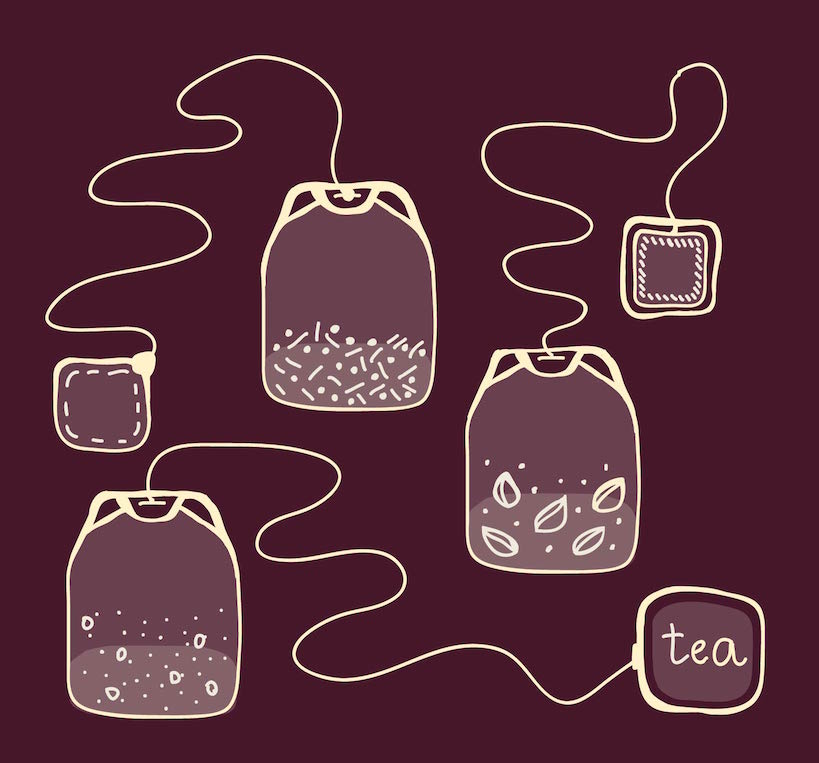2015/10/29 - Gaëlle
Producing tea is very complex. The tea leave must go through several steps before it becomes a little tea bag that the consumer drops in a cup with hot water or a tea that we put in a filter using a tea spoon. And if the consumer can’t choose one of the tea, he just has to pick assorted teas to taste various kinds. The production process will follow after this short message of someone who has a lot on the heart.

Logic: I never understood why we must follow the alphabetical order. Today, let’s be crazy! Let’s just rewind a journey in the pants of a teacup instead of fast forwarding it.
Before we talk about how tea is made, we have to know that there is only one root of tea, but two species: Thea sinensis (China) and Thea assamica (India). The difference in taste lies in either the production method or by adding different flavors or aromas to make flavored tea (such as cinnamon or vanilla) or both of these reasons.
This kind of planting is probably one of the last agricultural products that is being harvested by hand, by the old school method. The quality of the tea is associated with the quality of the leave, which will be picked up by hand with love. It can also be done by machines, but they can decrease its quality.
Now, here are the steps of the production. Just imagine that you are a cup of tea and that you will rewind to the first second of your processing.
V: Before you buy your tea, it goes by the firing (or drying) step. It has to be under 3% of moisture. Your tea is not fired like coffee, it’s rather heated.
IV: The tea will go by an oxidation process. This step will be longer for darker teas (black teas) and much shorter for light teas (oolong). Oxidation makes the leaves darker because the chlorophyll (what makes the leaf green) is destroyed. It’s like when we leave an apple on the table, it turns to brown and some flies come and stay for 3 weeks, just because we forgot to put a piece of apple in the trash…
III: The third step is about rolling (not in the deep, here, unless you want to sing a song for tea processing!). Leaves are rolled, compacted to push out their water.
II: The leaves will start to wilt and wither (withering and wilting step, obviously…) outside under the sun.
I: It all starts with a picker who will choose, in early summer or late spring, the best leaves to harvest. He will take each leave with his thumb and his forefinger.
The IV step shows us why we can find aged teas (mostly black teas) which will be subject to the fermentation (a process that comes beside the oxidation).
And then, you will be able to buy your tea and enjoy your tea in peaceful surroundings, thinking about how hard it is to make tea.